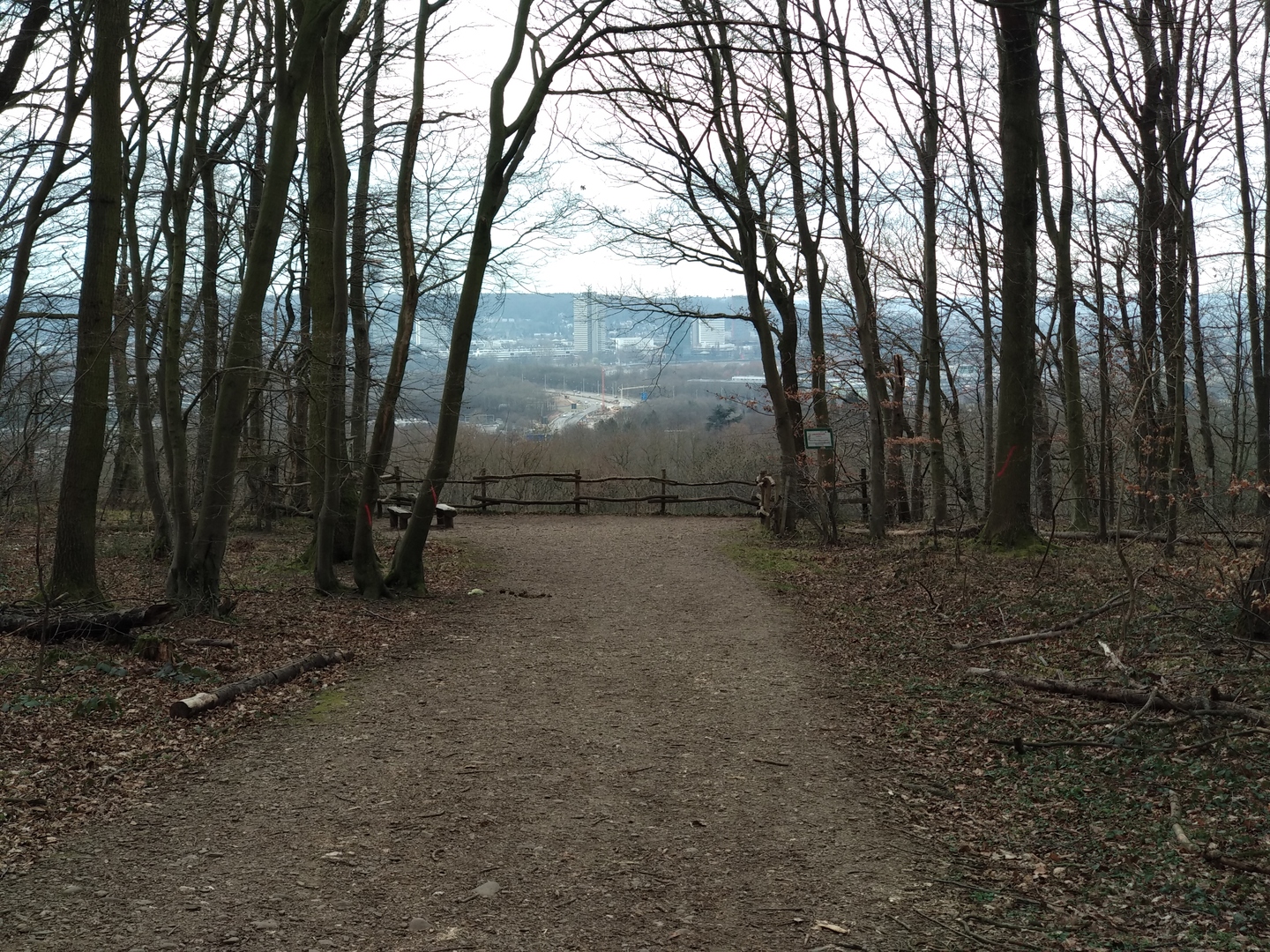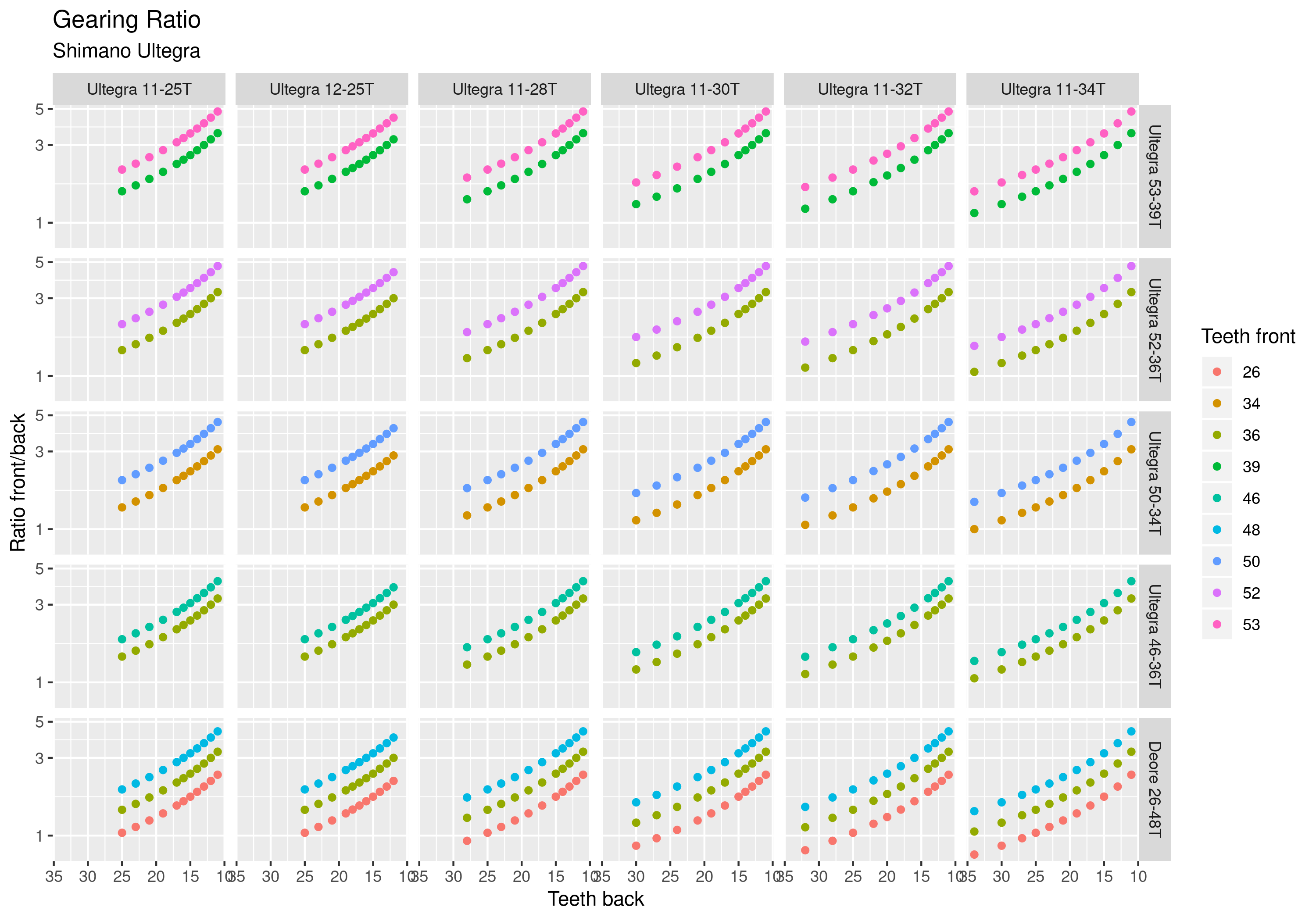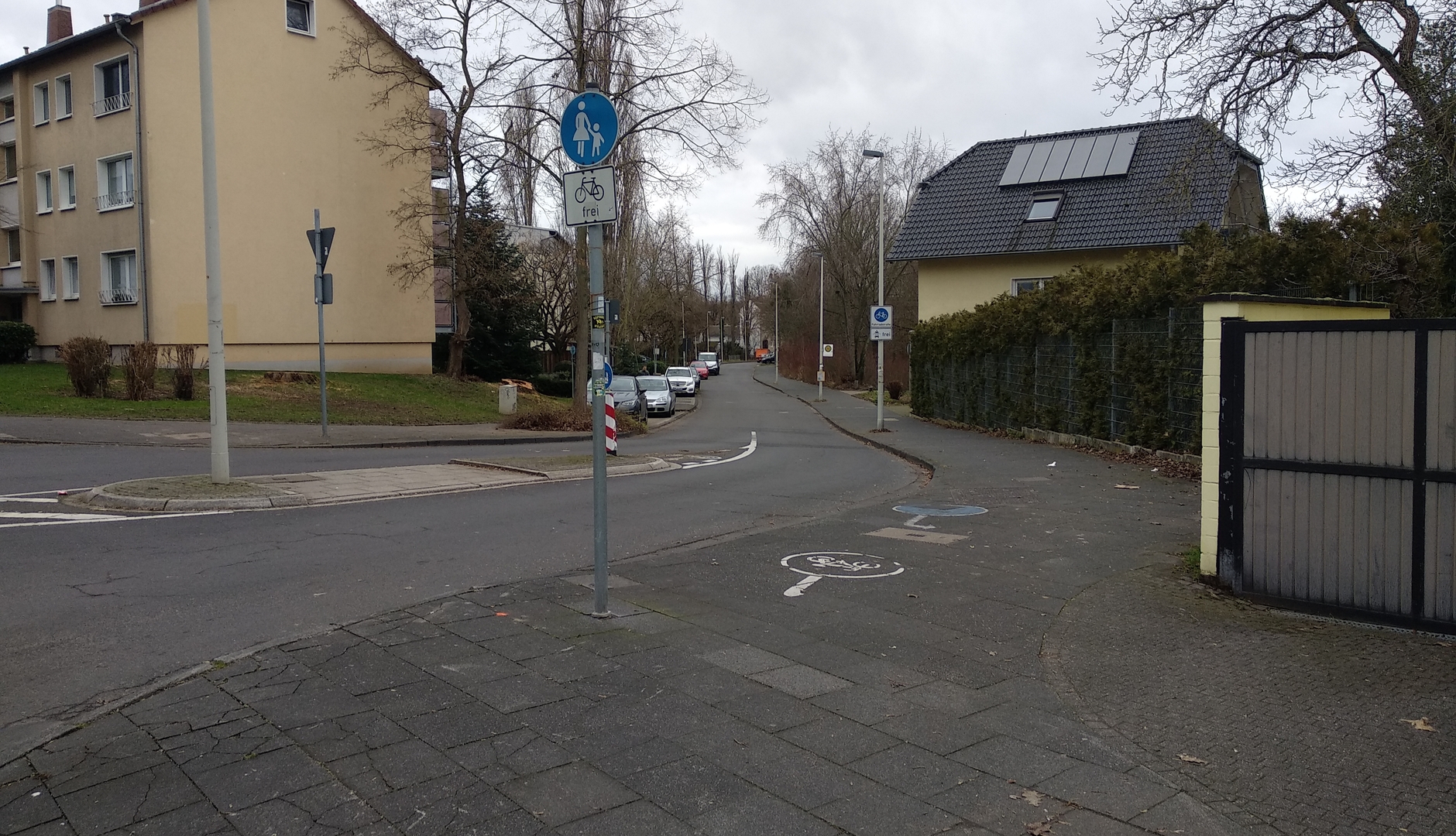
🇩🇪 — Hi, ich bin Martin Ueding; Physiker, Maschinenlerner,
Softwareentwickler und engagiere mich für die Mobilitätswende. Ich habe
recht früh mit dem Programmieren angefangen und schreibe darüber im
Bereich »Code & Zahlen«. Im Physikstudium bin ich immer weiter in
die Computerphysik gegangen, meine Studiumsunterlagen sind noch immer
Teil dieser Webseite. Nach der Promotion bin ich in die Wirtschaft
gewechselt. Seit dem Abitur habe ich meine Wege mit dem Fahrrad
erledigt, Radtouren unternommen und irgendwann auch Radreisen.
Inzwischen bin ich auch Aktiver im Radentscheid Bonn.
Aktuell schreibe ich am meisten zu Verkehrsthemen, manchmal auch noch
über Wissenschaft, Maschinenlernen oder anderen Dingen, die mir
einfallen. Die eher technischen Dinge schreibe ich meist auf Englisch,
den Rest auf Deutsch.
Man kann mich per E-Mail, Threema oder Telegram kontaktieren, oder mich auf
Mastodon, Pixelfed
und GitHub finden.
🇺🇸 — Hey, I am Martin Ueding, a physicist, software developer,
machine learning researcher and a traffic policy activist from Germany.
On my blog you can find all my physics study
material, mostly English articles about code and numbers. The
articles about traffic policy
are in German.
You can contact me via E-mail, Threema or Telegram. You can also find me on Mastodon, Pixelfed
and GitHub.
Nach einer Spaziergehpause während der Lebendimpfstoff eingewirkte habe ich eine Wanderung entlang des Rheinsteigs unternommen. Das war allerdings deutlich weniger erholsam, als gewünscht. Das Problem ist schlicht der Lärm. So gibt es zum Beispiel die Aussichtsplattform am Dornheckensee. Die sieht erstmal richtig schön aus. Allerdings hört man sehr laut Autoverkehrsrauschen, obwohl man keine Straße sehen kann.
Weiterlesen…
Nachdem mir 2018 mein Trekkingrad gestohlen worden ist, habe ich mir einfach ein neues Trekkingrad gekauft. Dabei habe ich mir keine weiteren Gedanken über das Übersetzungsverhältnis gemacht. Ich habe vorne Kettenblätter mit 26, 36 und 48 Zähnen. Hinten eine Kassette mit zehn Ritzeln zwischen 11 und 34 Zähnen.
Weiterlesen…
Ich finde IQ-Tests generell eher suspekt, aber bei den Zahlenfolgen ist es einfach komplett vorbei. Ein so ein Beispiel für eine Zahlenfolgen ist diese hier:
Weiterlesen…
Den Radweg an der Siegburger Straße in Beuel-Ost hatte ich schon in einem älteren Beitrag behandelt. Aber ein Detail habe ich nicht so wirklich ausgeführt, und das möchte ich jetzt nachholen. Bei der Gelegenheit mache ich auch die Verkehrslenkung darauf aufmerksam. Ich habe ein paar Fotos von Twitter-Nutzerin Salzlakritz bekommen, die ich hier verwende.
Weiterlesen…
In a recent post I looked at the game “Railroad Ink” and how applying a backtracking algorithm to it. Then I have written another post about refactoring that into a tree search library and also have applied a random walk algorithm to Railroad Ink. Then in yet another post I have implemented Monte Carlo tree search (MCTS) and applied it to Tic-Tac-Toe. This algorithm is now also part of the tree search library and can be applied to Railroad Ink. That is what I am going to do in this post.
Weiterlesen…
I have been playing around with games and tree search algorithms lately. One algorithm that I wanted to try out is the Monte Carlo tree search, MCTS for short. It tries to find certain leaves of the tree which are successful in some sense. In a recent post I have started my own tree search library and set the foundation to try more games. In this post I want to show a bit of Tic-Tac-Toe and MCTS.
Weiterlesen…
I have recently simulated a few games using Python code, see the articles with the Game Simulation Toolbox tag. All the code is in one repository, but I haven't really written good code. It was mostly just experimenting, and I did not work as cleanly as I otherwise do. My latest addition, the backtracking with Railroad Ink ended up as completely hacky code: Control flow on the module level, no clear separation, huge functions, little use of classes. It is a total mess.
Weiterlesen…
One of my favorite board games is “Railroad Ink”. One has to build a rail and road network on a square grid using the building blocks shown on dice. During the game, my player mat looks like this:
Weiterlesen…
In Bonn werden immer mehr Straßen als Fahrradstraßen deklariert. So neulich zum Beispiel auch ein Teil des Flodelingsweges. Dort hängt jetzt das entsprechende Verkehrszeichen, aber sonst ist da bisher nichts passiert.
Weiterlesen…
For the Vigilant Crypto Snatch we currently use Telegram to send notifications from the Python program to the phones (mostly Android, I guess). Each user has independently set up a bot with Telegram. This bot token is registered in the configuration file and the Python script can then use the bot to send messages. The users have to write to their bot using Telegram such that the bot knows about their personal account. Then the bot can send messages to that particular end user.
Weiterlesen…







